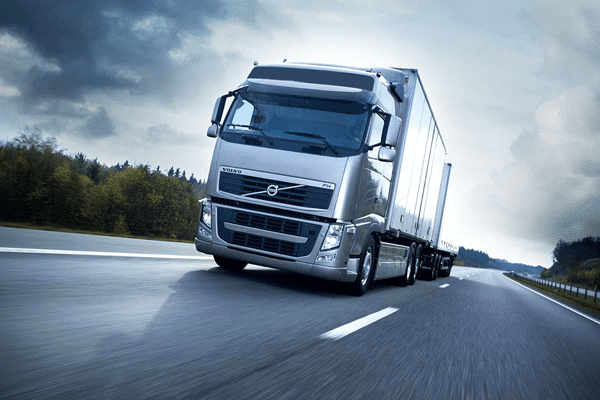Top Strategies to Improve Heavy Vehicle Safety

Around 18% of all road crash deaths in Australia involve a heavy vehicle—about 210 fatalities in 2019. These crashes are infrequent compared to lighter vehicles, but when they do occur, they are far more likely to result in death or serious injury.
Given the size and mass of heavy vehicles, the stakes are higher. Improving safety for these vehicles not only protects drivers but also vulnerable road users—pedestrians, cyclists, and occupants of smaller vehicles.
To meaningfully reduce fatalities and serious injuries involving heavy vehicles, a multi-pronged approach is needed.
Here are some of the top strategies that are making a difference—or could do so—in Australia.
1. Enhanced Vehicle Safety Technology
One of the most important levers is equipping heavy vehicles with modern safety systems. Technologies such as:
- Autonomous Emergency Braking (AEB)
- Lane departure warning systems
- Blind-spot monitoring and cameras
- Electronic Stability Control (ESC)
- Underrun protection (side and rear)
These technologies help reduce the likelihood or severity of collisions. While uptake can be slow—often due to cost, retrofit challenges, or regulatory lag—mandates or incentives can accelerate adoption.
2. Stronger Regulations and Standards
Robust regulation is essential. Australia has made progress through frameworks like the Heavy Vehicle National Law (HVNL), chain of responsibility obligations, and performance-based standards (PBS). These regulations force accountability: operators, suppliers, and drivers share responsibility for safety. When procurement policies (especially for government contracts) require minimum safety tech or compliance levels, companies are pushed to meet higher benchmarks.
3. Driver Training, Licensing, and Fatigue Management
Driver behaviour contributes significantly to heavy vehicle crashes. Improved training (including for vulnerable road user awareness), stricter licensing rules, and robust fatigue management are key:
- Enforcing rest periods and stricter monitoring of hours driven
- Use of technology to detect fatigue or driver distraction
- Continued education on safe operation, including braking, turning, visibility, and load securing
These interventions affect the human factor—which remains central in many serious heavy vehicle crashes.
4. Road Design, Infrastructure, and Speed Management
Safety isn’t just about the vehicle or driver—it’s also about the environment they operate in:
- Designing roads that accommodate large vehicles safely (turning radii, width, appropriate signage)
- Providing well-maintained roads to reduce loss of control or vehicle damage
- Implementing speed limits that are realistic and safe for heavy vehicle traffic, especially in mixed traffic or urban areas
- Using dedicated lanes or routing heavy vehicles away from high pedestrian zones where feasible
5. Data, Monitoring & Accountability
You can’t improve what you don’t measure. Ensuring good data collection—on crashes, near misses, driver performance, vehicle maintenance—is critical. Transparent reporting allows identification of risk patterns and hotspots.
- Telematics systems help monitor driver behaviour and vehicle health
- Public reporting of heavy vehicle crash statistics helps maintain pressure and accountability
- Accreditation schemes that certify operators with strong safety management systems also help raise the baseline standard
6. Community Awareness & Engagement
Finally, improving heavy vehicle safety also means involving the community:
- Educating other road users (cars, cyclists, pedestrians) about blind spots, safe passing, and how to coexist safely with large vehicles
- Engaging with communities affected by heavy vehicle routes to influence routing, timing, or noise suppression measures.
Heavy vehicle safety improvements are a shared responsibility—governments, industry, operators, drivers, and the wider community all have parts to play.
With evidence showing that nearly one in five road deaths involve heavy vehicles, there’s a strong imperative to push forward with technology, regulation, training, infrastructure, and data-driven strategies.
By doing so, Australia can continue to reduce heavy-vehicle deaths and improve safety for all road users.


